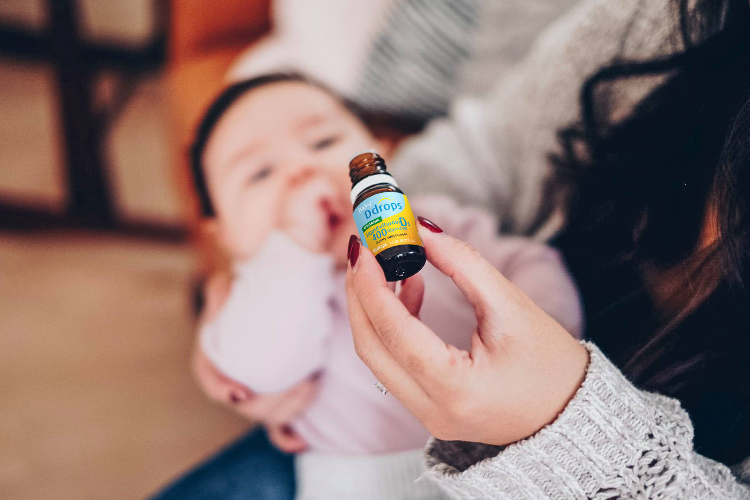January 22, 2020
Many multivitamins already contain vitamin D, but is there a need for you to have more? Scientists are wrestling with questions about other impacts of vitamin D and the doses required to show benefits beyond bone health. Evidence confirms that vitamin D is important in helping keep bones and teeth strong and healthy for everyone at any age.
Why is vitamin D important?
Vitamin D helps to regulate the amount of calcium and phosphate throughout the entire body. A lack of vitamin D can lead to rickets (bone deformity) in children or osteomalacia (bone tenderness from the softening of bones) in adults. Your body needs calcium to maintain the strength and hardness of your bones.[4]
How much do you need every day?
Health authorities recommend that adults should aim to get at least 600 IU of vitamin D per day, with an upper limit of 4000 IU per day (ref). A common dose commercially available for adults is 1000 IU per dose, which is within the recommended range of 600 IU to 4000 IU. In some cases, such as for those at risk of Osteoporosis, adults may be advised to take 2000 IU per day. To attain these daily doses, a further vitamin D supplement may be required, in addition to a daily multivitamin.[1] The Harvard School of Public Health suggests a once-daily multivitamin with extra vitamin D for most people as a nutritional back-up.[2]
Vitamin D content in Multivitamins
Multivitamins usually contain vitamin D. The challenge is that the dose of vitamin D in multivitamins varies. Some preparations contain only 400 IU, which was a standard dose several years ago before the increase to 600 IU from health authorities. Other multivitamins may contain 600IU, 800 IU, and 1000 IU. If you take gummy vitamins, the serving size may be 2 gummies to attain the actual daily dose. Always check the labels to make sure you know the daily dose before you consider adding additional.
What about adding Ddrops®
Ddrops products are uniquely suited to add to your daily routine because of the dose in just one drop! The daily drop means that people do not need to swallow other pills or capsules in addition to supplements they are already taking. Also, if people are taking daily prescription medication, a drop could be a welcomed option. There are also several Ddrops versions, such as Ddrops Booster, with 600 IU in each drop and Ddrops 1000 IU. This way people can take the dose strength that would be best suited based on recommendations from the healthcare practitioner and the vitamin D dose that they currently have in their diet or in a multivitamin. It is always best to talk to your healthcare provider as they would be most familiar with what’s best for you and your family.
How to get vitamin D naturally?
Vitamin D is naturally made by our body under the skin in reaction to sunlight. The amount you receive from exposing your bare skin to the sun depends on quite a few factors like; the time of day, where you live, and the easier it is for your body to produce vitamin D from sunlight. A good trick is if your shadow is longer than you are tall, your body is not making very much vitamin D. Your body doesn’t make much vitamin D from sun exposure, but always remember to cover up or protect your skin if you are out in the sun for long periods.
In North America, diets that are rich in fortified milk, fish, and/or other calcium-fortified foods and beverages can help towards optimizing your vitamin D levels however these foods contain only a very small amount. In the UK, cows’ milk is generally not a good source of vitamin D because it isn’t fortified at all like it is in many other countries.[3]







Để lại một bình luận
Trang web này được bảo vệ bằng hCaptcha. Ngoài ra, cũng áp dụng Chính sách quyền riêng tư và Điều khoản dịch vụ của hCaptcha.